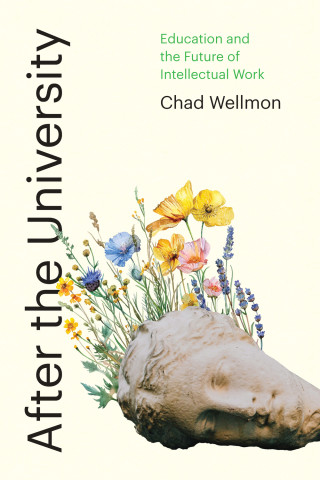
Reviews
Grant is a superb historian who does more than just chronicle events; she also sketches their context and thus their significance.
Grant's study is successful for its engaging prose and ability to reach across a broad variety of fields, including education, juvenile justice, and childhood, youth, and gender studies, to delineate the interlocking histories of institutions of social control for young people and reveal the deeply entrenched ideologies of gender, class, ethnicity, and race that shaped their establishment and development in the nineteenth and twentieth centuries.
This short book provides a much-needed historical perspective on a question that has generated a lot of debate: why do boys so often perform poorly academically and act disruptively at school?... The Boy Problem is a valuable historical study of a pressing social problem that will find wide readership in social work, childhood studies, and education.
[Grant] makes an original contribution by keeping her eye on the prize: understanding the many ways in which gender shaped the world and life chances of lower class boys since the nineteenth century. That is a major accomplishment in this succintly written history.
What's the problem with boys? As Julia Grant demonstrates, the question has been with us for more than a century. Tracing our answers over time, Grant provides the first truly historical portrait of masculinity and education in the United States. Her book is imaginatively conceived, painstakingly researched, and clearly written. It will be cited, read, and adopted by scholars of education, history, and gender for many years to come.
Book Details
Introduction
1. Schooling the "Dangerous Classes": Reforming Boys in Nineteenth-Century America
2. The Nature of Boy Nature: Education and Recreation for Masculinity
3. The Perils of Public Education
Introduction
1. Schooling the "Dangerous Classes": Reforming Boys in Nineteenth-Century America
2. The Nature of Boy Nature: Education and Recreation for Masculinity
3. The Perils of Public Education: Truants, Underachievers, and School Leavers
4. Bad or Backward? Gender and the Genesis of Special Education
5. "The Boys' Own Story": "The Boys' Own Story"
6. Black Boys and Native Sons: Race, Delinquency, and Schooling in the Urban North
Epilogue
Acknowledgments
Notes
Index






